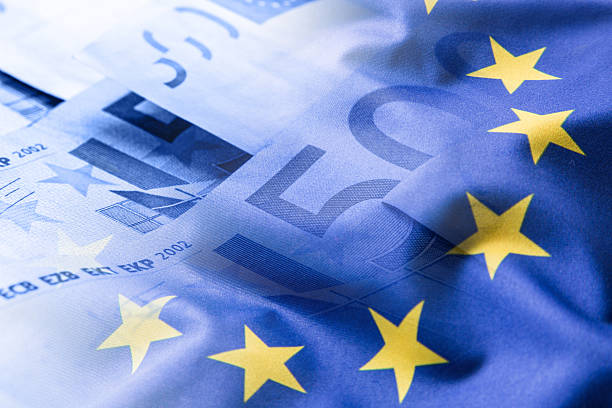WTI drops to near $66.50 due to renewed tariff threats, rising OPEC+ supply

- WTI price depreciates as President Trump announced new tariffs of up to 40% on 14 countries.
- OPEC+ decided to raise Oil production by 548,000 barrels per day in August.
- Yemen's Houthis attacked a bulk carrier in the Red Sea, saying the vessel sank.
West Texas Intermediate (WTI) Oil price loses ground after registering more than 2% gains in the previous session, trading around $66.60 per barrel during the European hours on Tuesday. Crude Oil prices fall as renewed United States (US) tariff threats bolster concerns about the global Oil demand.
US President Donald Trump renewed his threat of a 25% tax on imports from Japan and South Korea and shared a batch of other letters to world leaders warning of levies from 1 August. Trump also imposed 25% rates on Malaysia, Kazakhstan and Tunisia, while South Africa would see a 30% tariff and Laos and Myanmar would face a 40% levy. Other nations hit with levies included Indonesia with a 32% rate, Bangladesh with 35%, and Thailand and Cambodia with duties of 36%.
The Organization of the Petroleum Exporting Countries and its allies, known as OPEC+, decided on Saturday to raise Oil output by 548,000 barrels per day in August. The decision surpasses the previous Oil increase of 411,000 bpd made three months ago and effectively reverses nearly all of the 2.2 million bpd in voluntary cuts previously implemented by the group. Reuters cited five familiar sources, saying that the Oil group prepares to approve an increase of about 550,000 bpd for September when it meets on August 3.
However, the downside in Oil prices may be limited due to renewed geopolitical risks, following a second attack by Yemen's Houthis on a bulk carrier in the Red Sea. Reports indicate the vessel sank, raising concerns over potential disruptions to critical shipping routes. On Monday, a drone strike on a Greek-managed ship left two crew members injured and two others missing.
WTI Oil FAQs
WTI Oil is a type of Crude Oil sold on international markets. The WTI stands for West Texas Intermediate, one of three major types including Brent and Dubai Crude. WTI is also referred to as “light” and “sweet” because of its relatively low gravity and sulfur content respectively. It is considered a high quality Oil that is easily refined. It is sourced in the United States and distributed via the Cushing hub, which is considered “The Pipeline Crossroads of the World”. It is a benchmark for the Oil market and WTI price is frequently quoted in the media.
Like all assets, supply and demand are the key drivers of WTI Oil price. As such, global growth can be a driver of increased demand and vice versa for weak global growth. Political instability, wars, and sanctions can disrupt supply and impact prices. The decisions of OPEC, a group of major Oil-producing countries, is another key driver of price. The value of the US Dollar influences the price of WTI Crude Oil, since Oil is predominantly traded in US Dollars, thus a weaker US Dollar can make Oil more affordable and vice versa.
The weekly Oil inventory reports published by the American Petroleum Institute (API) and the Energy Information Agency (EIA) impact the price of WTI Oil. Changes in inventories reflect fluctuating supply and demand. If the data shows a drop in inventories it can indicate increased demand, pushing up Oil price. Higher inventories can reflect increased supply, pushing down prices. API’s report is published every Tuesday and EIA’s the day after. Their results are usually similar, falling within 1% of each other 75% of the time. The EIA data is considered more reliable, since it is a government agency.
OPEC (Organization of the Petroleum Exporting Countries) is a group of 12 Oil-producing nations who collectively decide production quotas for member countries at twice-yearly meetings. Their decisions often impact WTI Oil prices. When OPEC decides to lower quotas, it can tighten supply, pushing up Oil prices. When OPEC increases production, it has the opposite effect. OPEC+ refers to an expanded group that includes ten extra non-OPEC members, the most notable of which is Russia.








